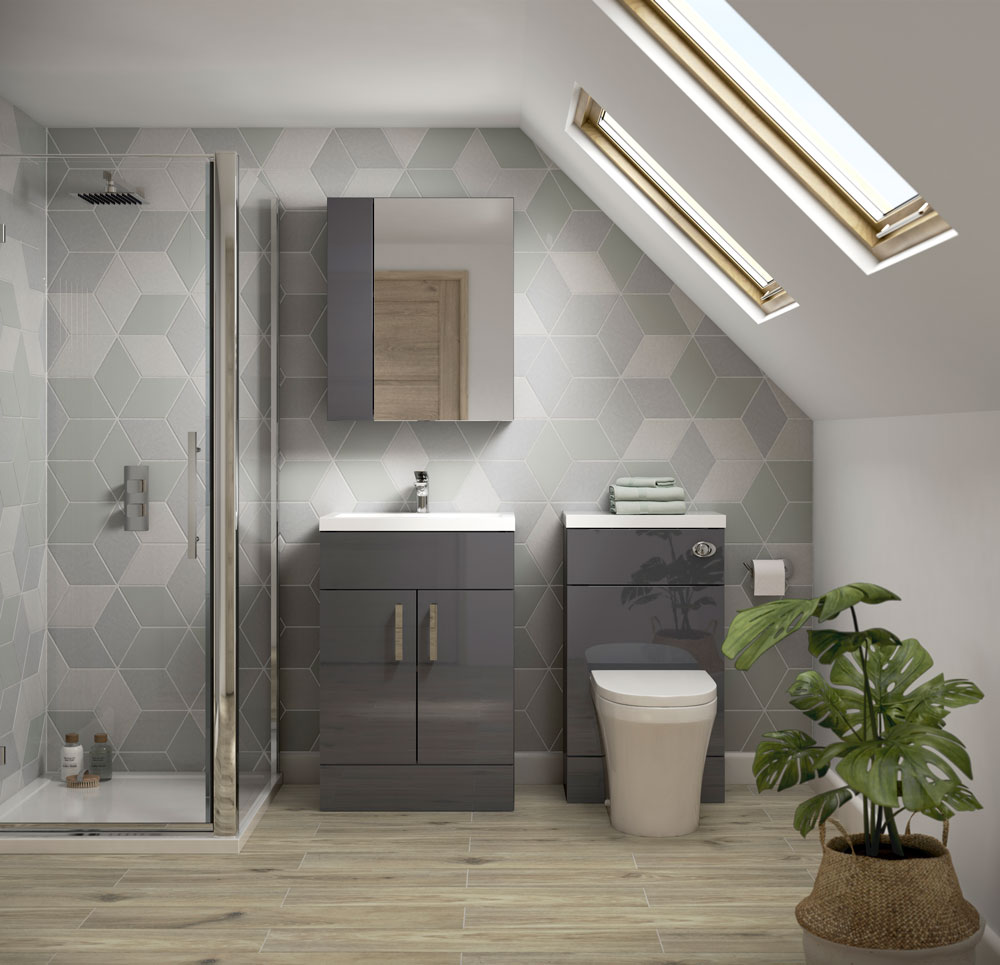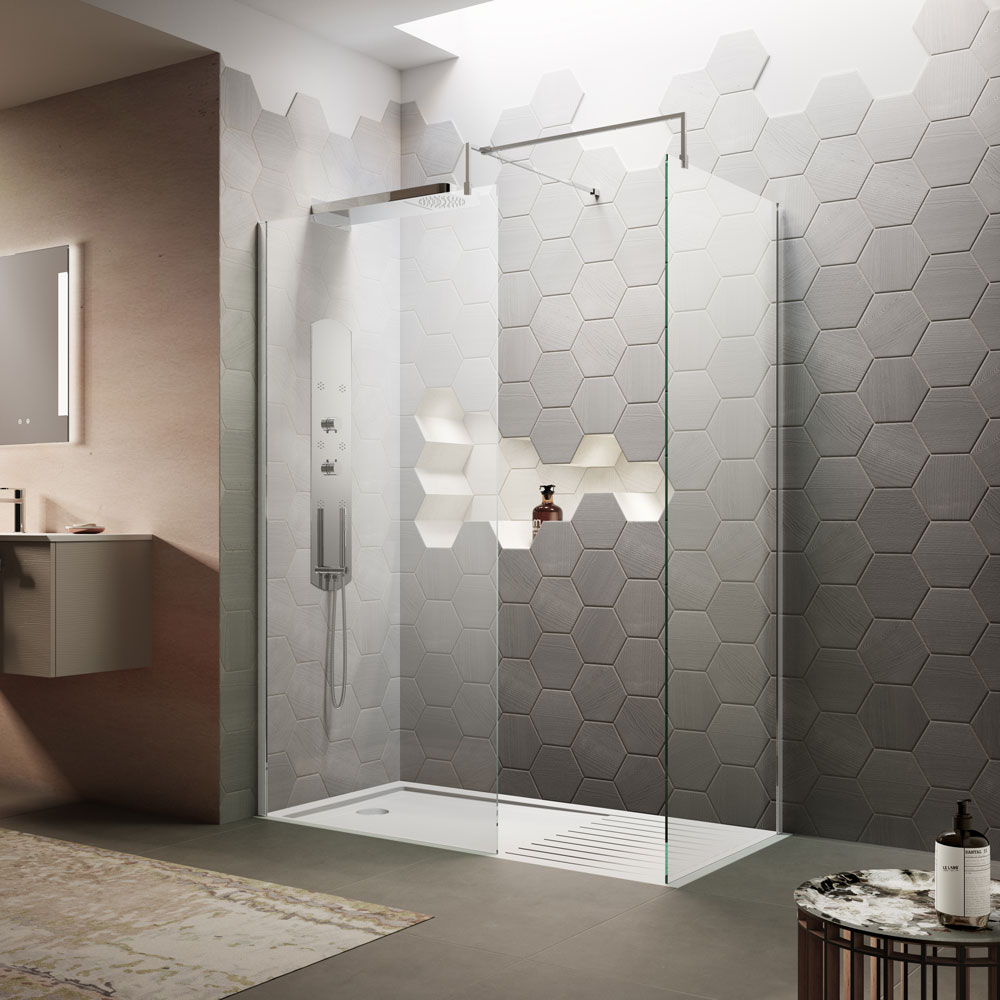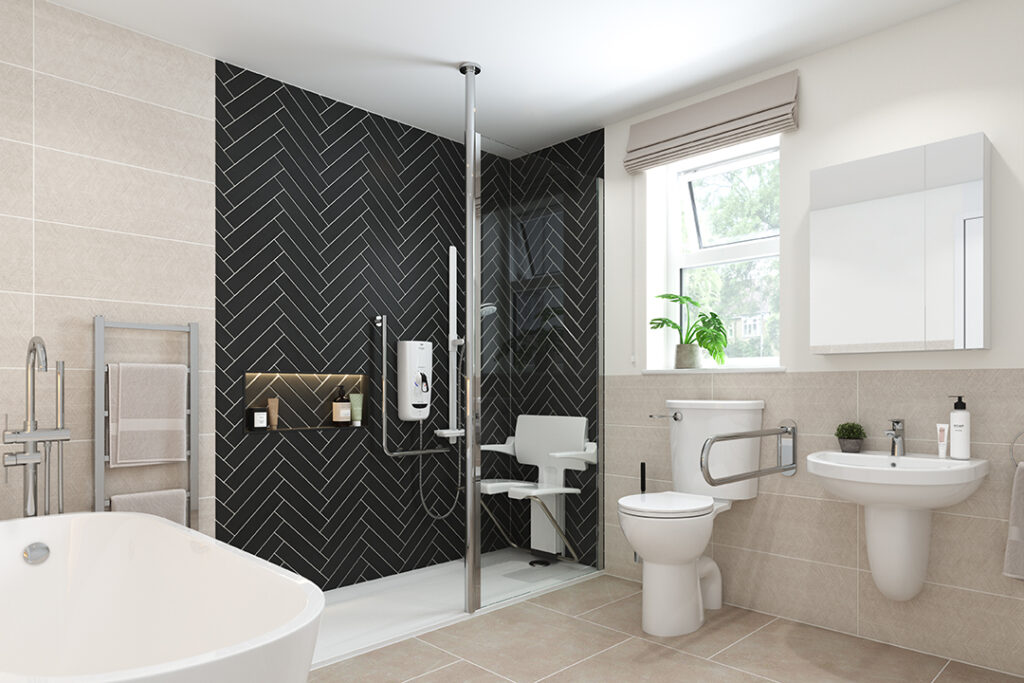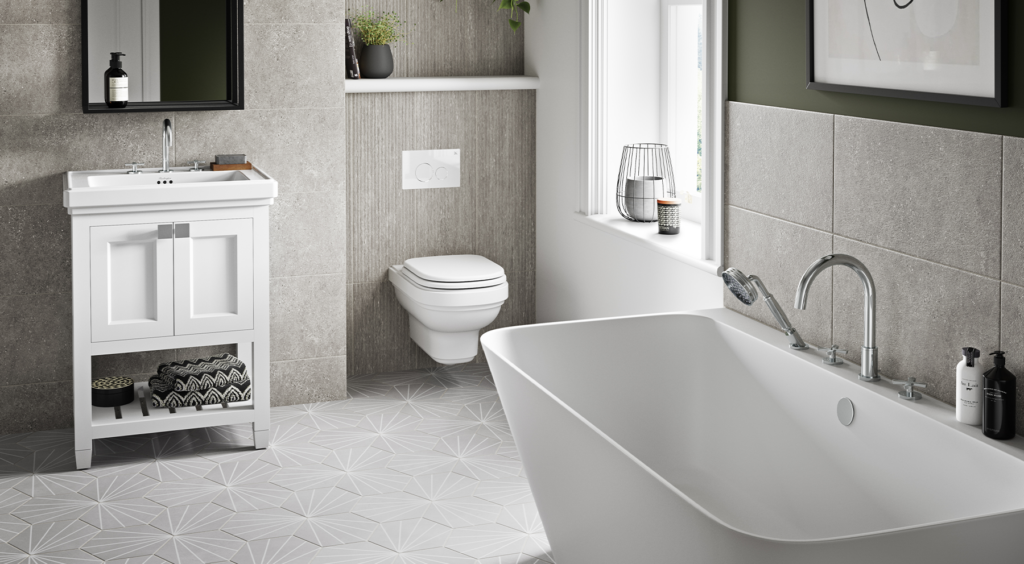Accessible Bathrooms: Everything You Need to Know
Using the bathroom shouldn’t be difficult. We all use the bathroom multiple times a day, and most of us never consider whether it is laid out to our needs. However, millions of people around the UK find using a traditionally laid out bathroom difficult. This could be because they have mobility issues of some kind, or because they use a wheelchair. Traditional bathrooms are not designed to be easily accessible to all sorts of people. Instead, they are tight, inefficiently laid out and difficult to navigate if you have difficulty with mobility. Bathroom Mobility Manchester are experts in designing and fitting accessible bathrooms that make moving around them and using them easy.
What is an Accessible Bathroom?
Essentially, an accessible bathroom is any type of bathroom that has been optimised in its design or layout to make access and use easier. The ways that this can be done, and the people that it can be done for vary enormously. However, generally, accessible bathrooms tend to suit people who have difficulties with walking or standing – including those who use a wheelchair.
What does a bathroom need to be accessible?
Accessibility is a vague term. Determining what is accessible depends on the person who needs to use it. For people without mobility issues, almost any bathroom is accessible. However, for other people, almost any element of a bathroom can present an issue. For example, if you use a wheelchair, you do not just need enough space to enter and exit the room in the chair. You also need space to manoeuvre. Equally, if you have difficulty lifting your legs up high, then stepping into a bath or a shower can be difficult. An accessible bathroom needs to be designed for the person who will use it. That means considering anything that might prove an impediment to their using it.
Who needs an accessible bathroom?
Many more people may need an accessible bathroom that you would think. Around 45% of pension aged adults in the UK are classified as disabled. 68% of all disabled adults in the UK suffer from issues with their mobility. This adds up to millions of people who may need their bathroom to be redesigned or reorganised to be more accessible. These people may need to use wheelchairs or walking aids. They might have difficulty with getting into or out off a bath or shower. They might be people who can access a shower, but struggle to stand for the duration.
Elements of an accessible bathroom
There are a number of potential elements to an accessible bathroom. These include elements of design, and elements of the bathroom itself that can be better suited to a person with specific needs.
Design-
Accessible bathrooms need to be designed in a way that maximises their useability. This includes: wider doorways and passageways; lower or non-existent curbs on showers; lower surface heights; greater space under the sink; preferably location on the ground floor.
Fixtures-
An accessible bathroom also needs to be specialised in its fixtures and fittings. This includes: Bathing equipment such as specialised baths and showers; taller toilets, or toilets with grab bars to aid access; sinks that are accessible to people in wheelchairs.
Bathroom Mobility Manchester are specialists in helping people find the bathroom that is right for them. When you work with us, we help you determine what sort of bathroom you need – including the design, fixtures and fittings. As long term experts in our field, we can identify how your bathroom could be more accessible to you.
Get in touch today, and see how we can make your bathroom both accessible and stylish.





